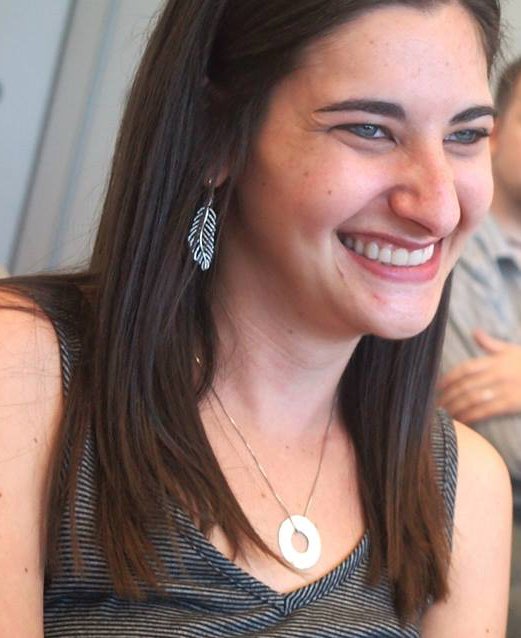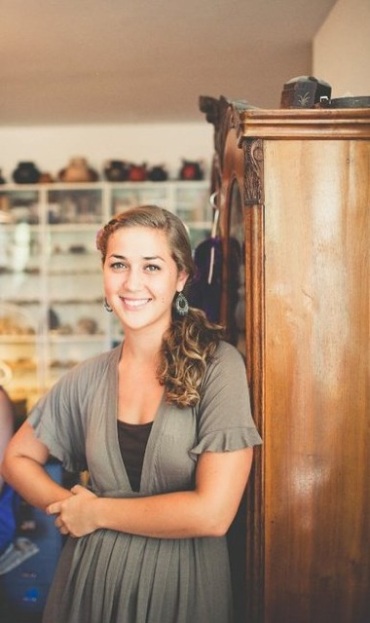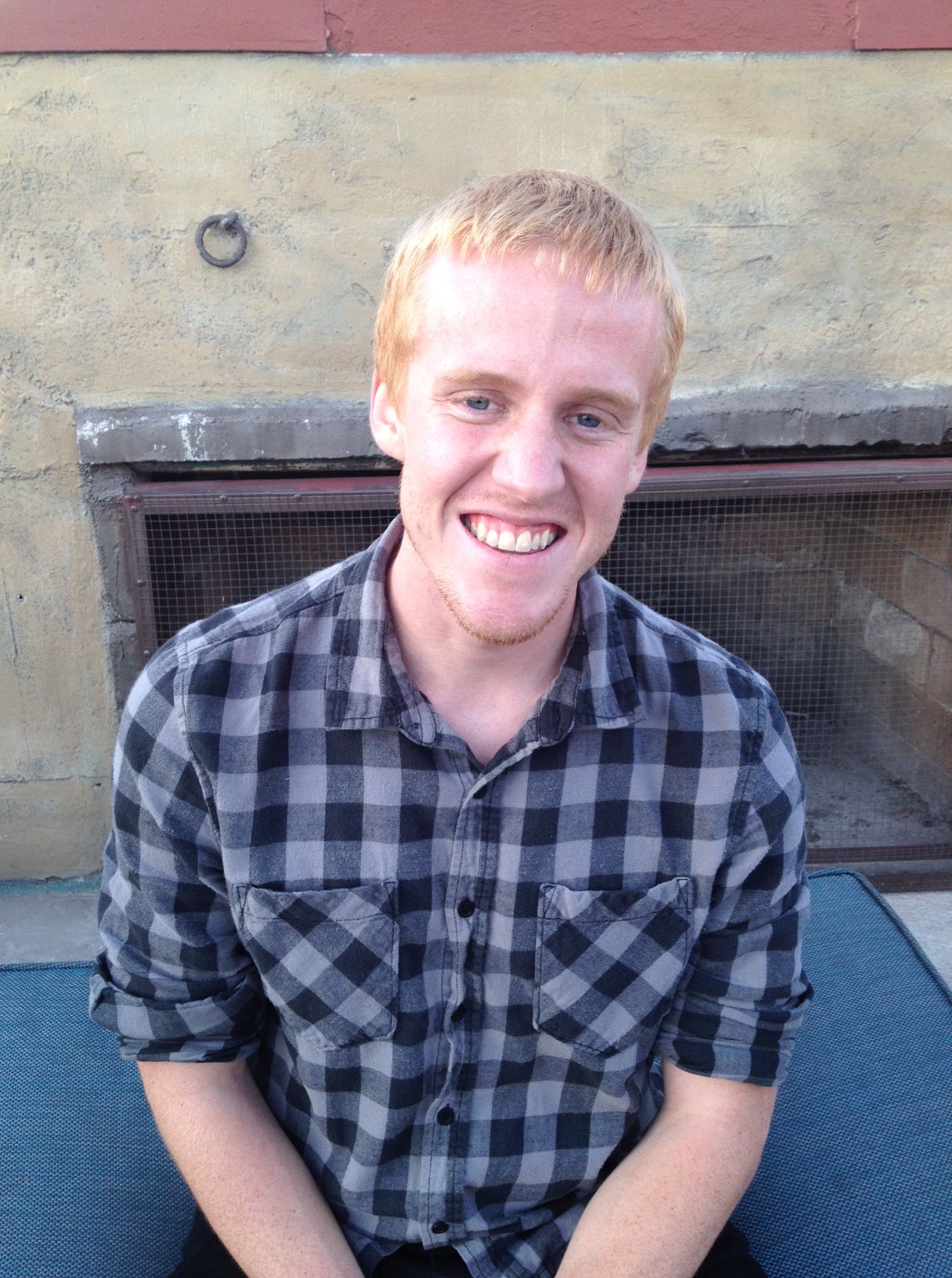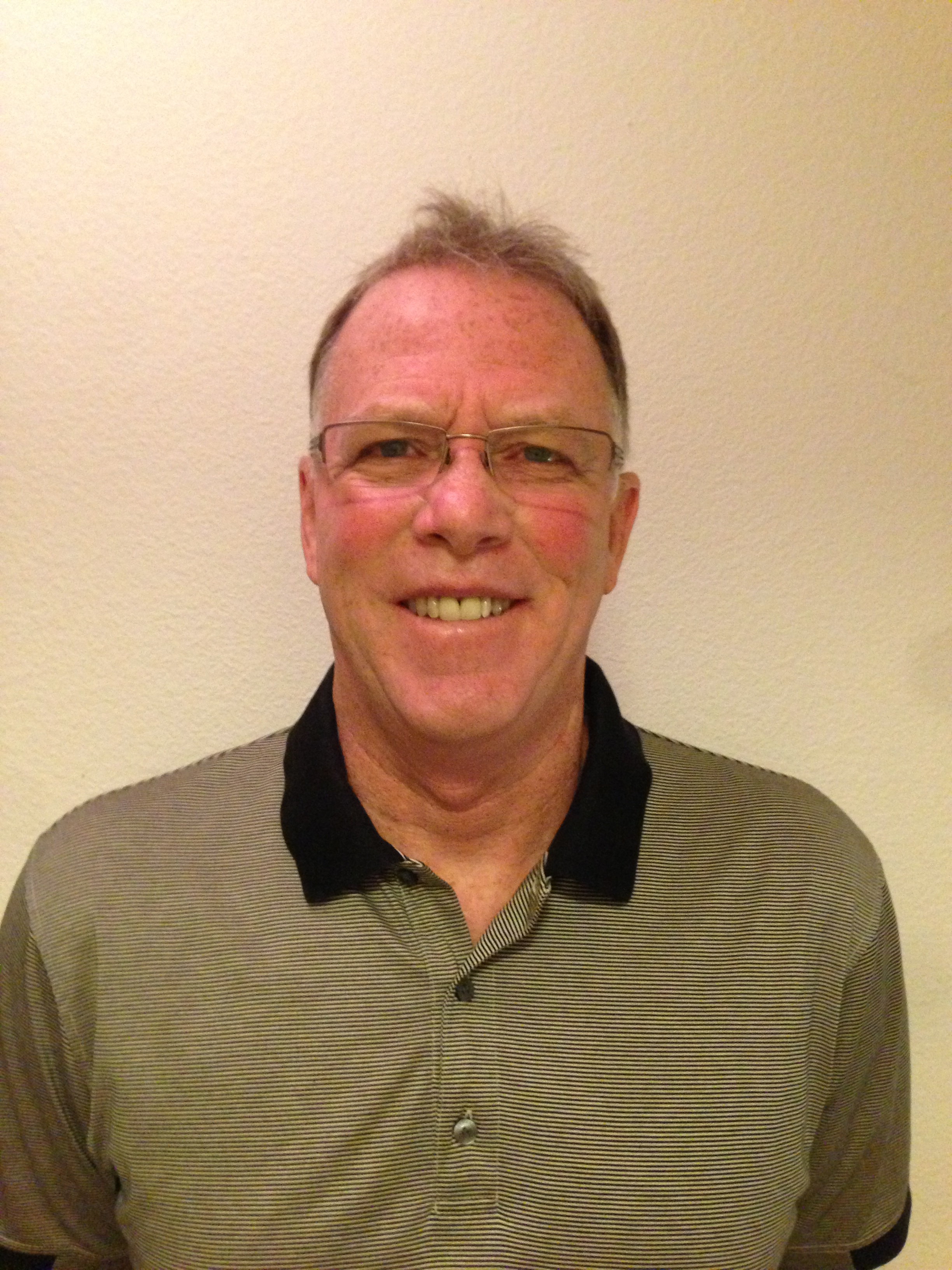It’s hard to believe that my internship is already almost over! It can be difficult to pinpoint exactly what you learn in experiences like these, when time is flying by and you’re constantly taking in new information, increasing your self-awareness, and growing as a professional with every session you facilitate. Unfortunately, if you have a personality like mine that assumes there is “always room for improvement” it can also be hard sometimes to see your own progress. I thought I would take some time to sit down and think about the ways I have grown by writing about the top five things I’ve learned throughout my internship.
Tuning into the client’s feelings and needs
When I first started working with kids with autism, I would get stressed out thinking that I had to have all the answers and know exactly what they needed when they started getting over-stimulated or frustrated. Recently, I’ve realized it’s more important to notice how they are moving and responding before they even walk into the session and to pace our session around that initial greeting out in the waiting room (AKA the iso principle). With non-verbal clients, I’ve learned to show patience and acceptance when they are feeling upset or overwhelmed, and I try to help them understand that I am willing to work with them to identify what they need. I used to try and change the intervention immediately, or make them switch instruments, or assume they needed something different and that I was supposed to be so tuned into them that I could read their mind. Of course that’s impossible and a totally unrealistic goal to set for myself. Now I know it’s best to just be there with the client, listening to what they are communicating non-verbally and offering solutions with choices and patience. Oftentimes just helping them to calm their bodies down is all they needed and once they know you are really, truly listening to them, they will be more willing to work through things with you as well!
Teaching new concepts through music – academics, social skills, and daily living skills
In practicum I learned a lot about facilitating interventions and encouraging responses and participation, but I never really had to teach a new concept before like I have here. Throughout my internship I’ve tried to find new ways to teach academic skills, social skills, and daily living skills using music based interventions with the help of visuals or other materials. I really had to think through some interventions and figure out the best ways to break things down and make it work for the client. From there, I was able to successfully adapt the intervention for other clients and increase my overall repertoire of interventions and songs. The most important thing I’ve learned to focus on with these types of interventions is to make music the primary tool and motivator and to make sure it’s easy to generalize and that it’s fitting their goals.
Letting go of being perfect and embracing being human
As a young music therapist, I’m very concerned about my level of professionalism in all of my interactions and sessions. I want to represent the field well by being a professional who is reliable and knowledgeable. However, I feel like I have let that hold me back from opening up and just being silly or honest when the time is right. In the past few months, I’ve realized it’s more important for our clients to see us being regular human beings, messing up, laughing at our own mistakes, and showing our personality, than it is for them to take part in “perfect” interventions and hear “perfectly” performed songs. The less concerned I am about how my intervention is going, the more concerned I can be about my presence and connection with the client, and that is where the magic happens!
Managing time and projects
I came into this internship feeling like time management and organizational skills were some of my biggest weaknesses. Now that I’m wrapping things up, I’m amazed at how well I have learned to organize projects, set deadlines for myself, and complete daily tasks in a timely manner. One of the biggest things I’ve learned to do is to stop wrestling with unimportant details in a project, like formatting documents, and just work on the main points. Also, I’ve learned that breaking down big projects into smaller steps and setting realistic deadlines for each step goes a long way. I was able to work on my final projects without getting burned out and with plenty of time left to review, edit, and finalize all those little formatting issues I used to waste hours on! I recommend a book called “The Practicing Mind” by Thomas Sterner for good strategies on time management and setting goals for yourself. I also recommend a six month internship in music therapy to really put your abilities to the test 😉
Effectively communicating with parents and other professionals
While I have complete confidence in the validity of music therapy as a scientific field and the impact it has in people’s lives, I used to have trouble communicating that to others. There is so much potential for music therapy in someone’s life and it can be a struggle to accurately and concisely convey all of the ways someone could benefit from it. Besides just stumbling through terminology and jargon that I didn’t really, fully understand, I didn’t have many real life experiences to share from a personal perspective. But I’ve had so many wonderful opportunities here to not only formally present music therapy to an audience, but to also work on daily communication with parents and facility staff members after each of my sessions. I have become more confident in my ability to explain what I’m doing and why, and of course, how the client is responding to the interventions and their overall progress.
All in all, this has been an incredible experience and I am so grateful to have worked with so many wonderful families and their amazing kids! I have met so many professionals who have been helpful and encouraging and I have received some amazing feedback, guidance, and advice from my co-workers and supervisors. I am truly looking forward to my future as a professional music therapist!



